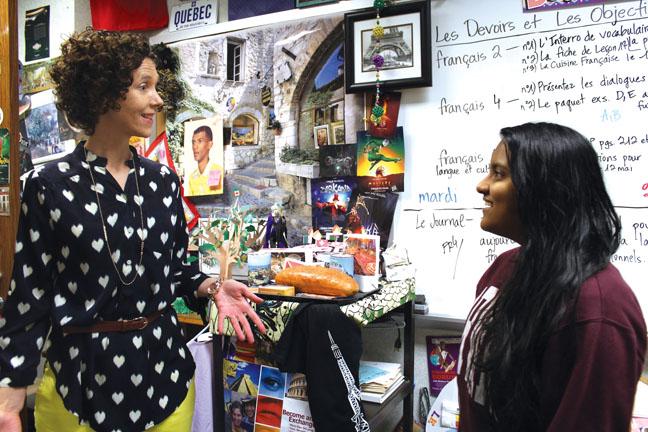Junior Shriya Vinjimoor has been learning the French language since the sixth grade. Over the course of five years, regular practice has allowed her to expand her vocabulary and improve her speaking skills to a level she would not have thought possible when she started with “Bonjour” and “Je m’appelle Shriya.”
On April 14, 2015, Indiana passed the SB 267 Biliteracy Bill. The law states that high school students will now receive both certificates and notations on their transcripts, or a “Seal of Biliteracy,” indicating their proficiency in English and other languages. Indiana was the ninth state to pass this bill.
 According to Spanish teacher Greer Trapkus-Harris, since Indiana only recently adopted the bill, many of the specifics of how a student would demonstrate proficiency in a second language have yet to be presented.
According to Spanish teacher Greer Trapkus-Harris, since Indiana only recently adopted the bill, many of the specifics of how a student would demonstrate proficiency in a second language have yet to be presented.
Trapkus-Harris said via email that it is possible that there may be an increase in enrollment in foreign language courses, particularly in advanced courses, as a result of this bill.
She said, “Indiana has positioned itself to provide bilingual students with a competitive edge as they move into the future.”
According to sealofbiliteracy.org, the purposes of the bill include “encouraging pupils to study languages; providing employers with a method of identifying people with language and biliteracy skills; and strengthening intergroup relationships, affirming the value of diversity, and honoring the multiple cultures and languages of a community.”
Vinjimoor, who is already proficient in Tamil and English and is learning French and Hindi, said she believes being bilingual or biliterate in America is an advantage.
She said, “In this country we meet people from various backgrounds and interact with them on a daily basis. Meeting someone for the first time might be a little awkward but knowing similar languages or sharing an interest for learning languages causes an instant connection between people.”
Junior Jackie Hu, who moved to America from China in the ninth grade, said she is proficient in Chinese and can speak English, which is her second language, well. Additionally, this is her second year taking Spanish.
She said she believes the benefits of knowing multiple languages stretch beyond the transcript.
“The direct impact of knowing multiple languages allow me (to) communicate with a broad range of people. It is easier for me to understand how different cultures and different languages result in different ways of thinking,” Hu said.
Trapkus-Harris said she is a proponent of travel and using the language and that language learning has provided her with both professional and personal experiences she would not have otherwise had.
She said, “I believe that knowing more than one language and culture(s) surrounding it changes the way you think about the world.”
One of the purposes of the bill is to provide a sort of certification to improve prospects of employability both immediately and in the future. Hu and Vinjimoor agree that in the long term, knowing multiple languages will not only benefit those seeking jobs but will also help build a diverse workplace with languages that bridge the culture gap.
Trapkus-Harris said, “Second language learners tend to have a less xenophobic view of the world and are better communicators, which may prove incredibly beneficial as they move into their future careers.”
Hu and Vinjimoor both said they would like to continue to add to their repertoire of languages. For them, the “Seal of Biliteracy” is not a final goal to be attained, but checkpoint along the way of language-learning.
Vinjimoor said, “I think that especially the students who are taking world language classes at school should continue learning it through college or just trying to keep in touch with it because it would be bad to just waste the knowledge you have gained and the work you have put into learning the new language for the past four years.”






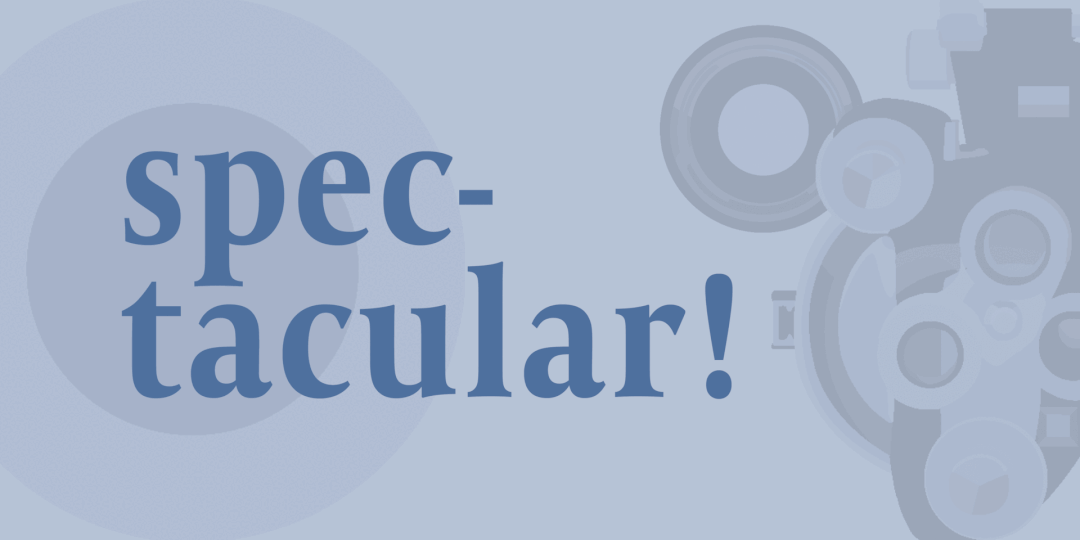














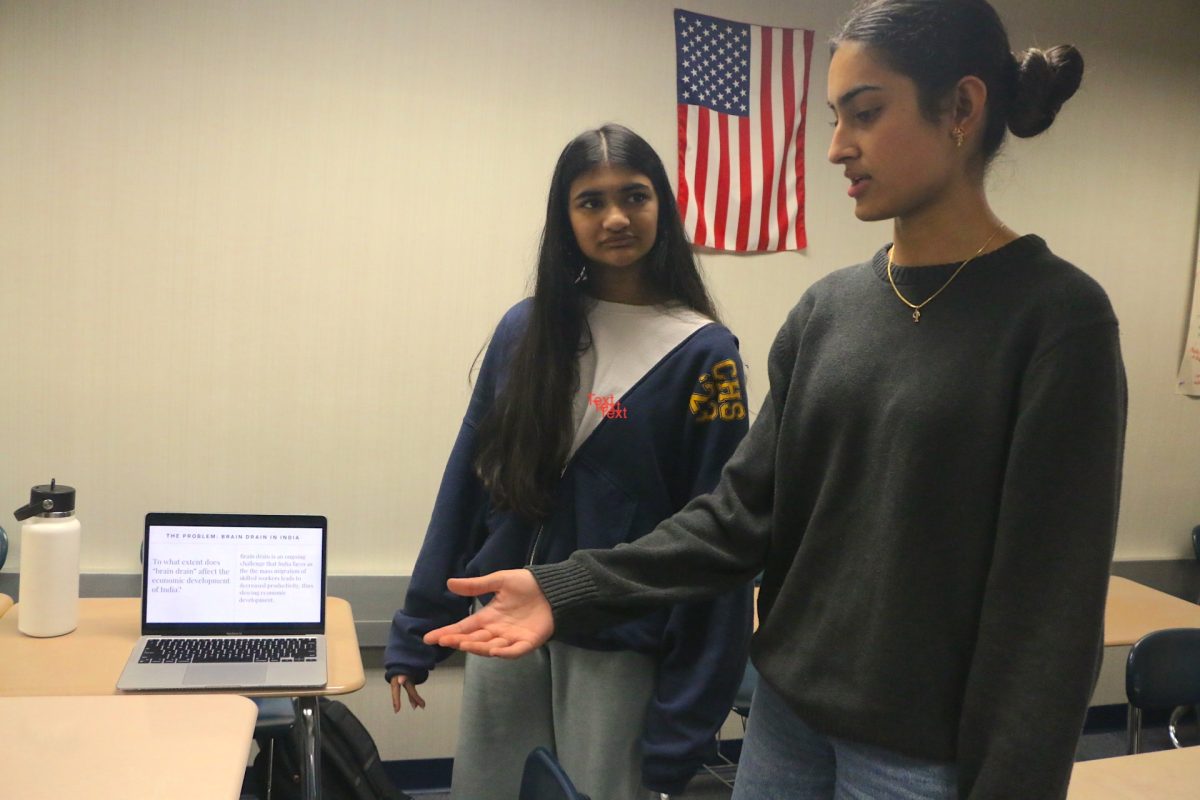
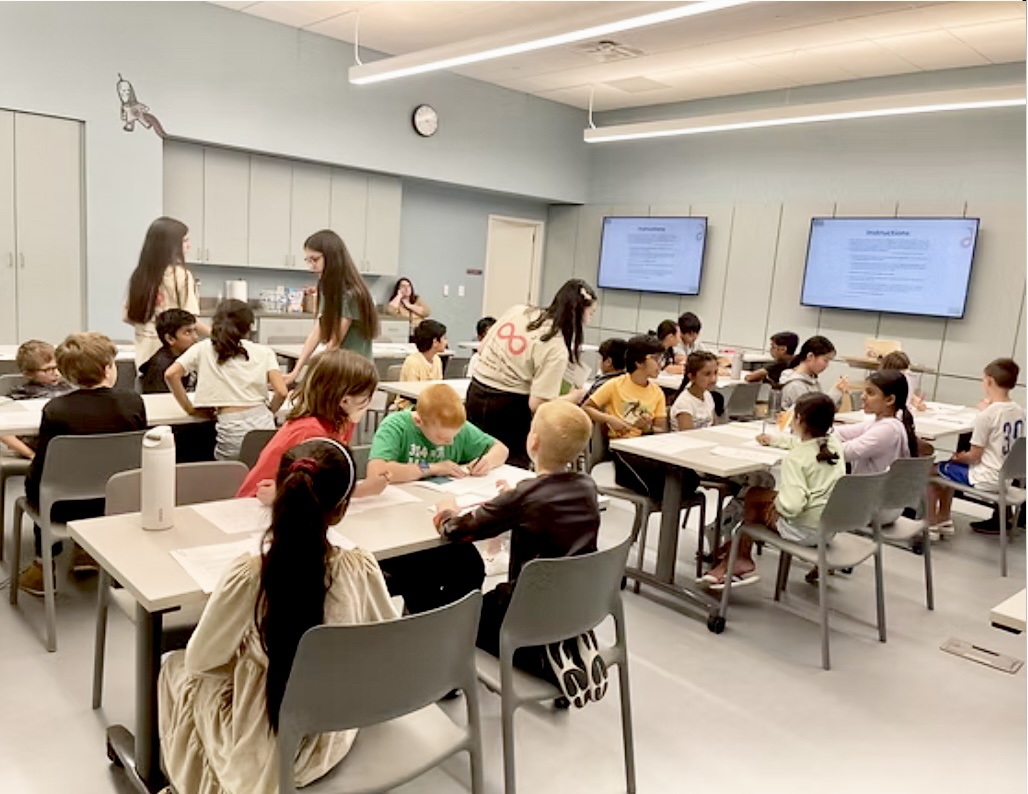
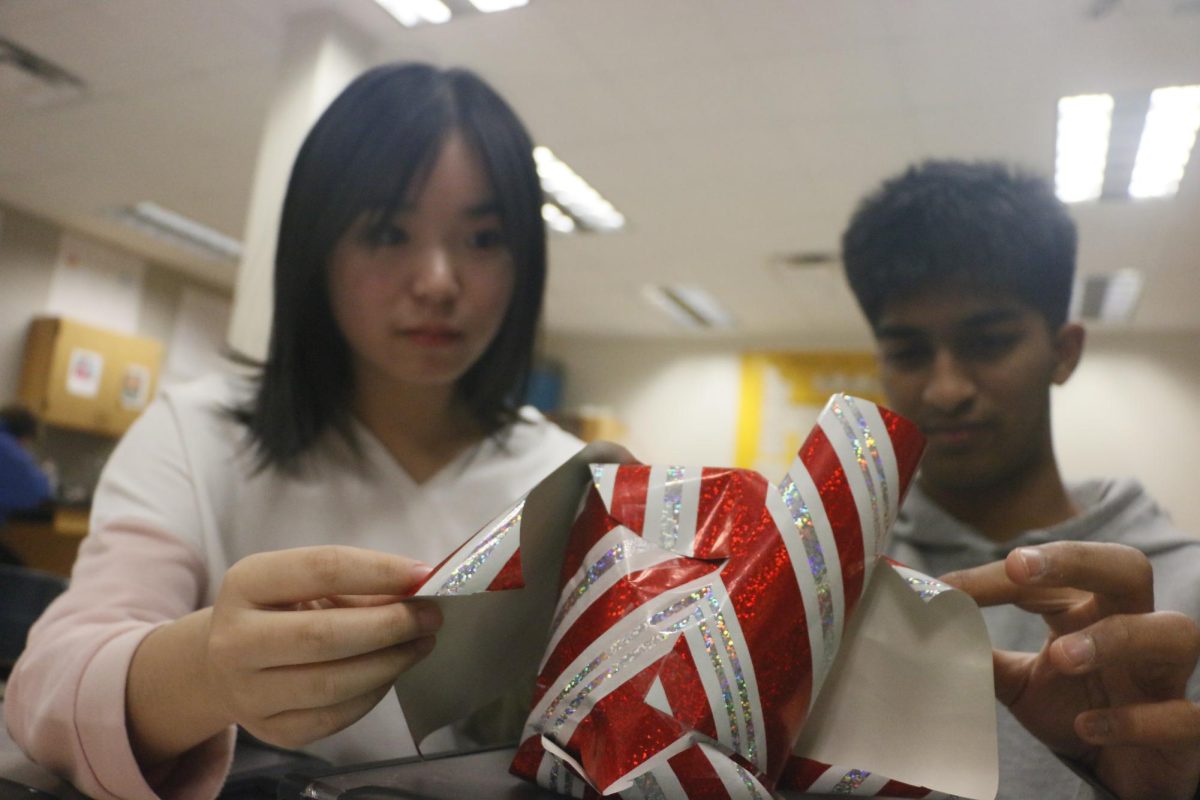


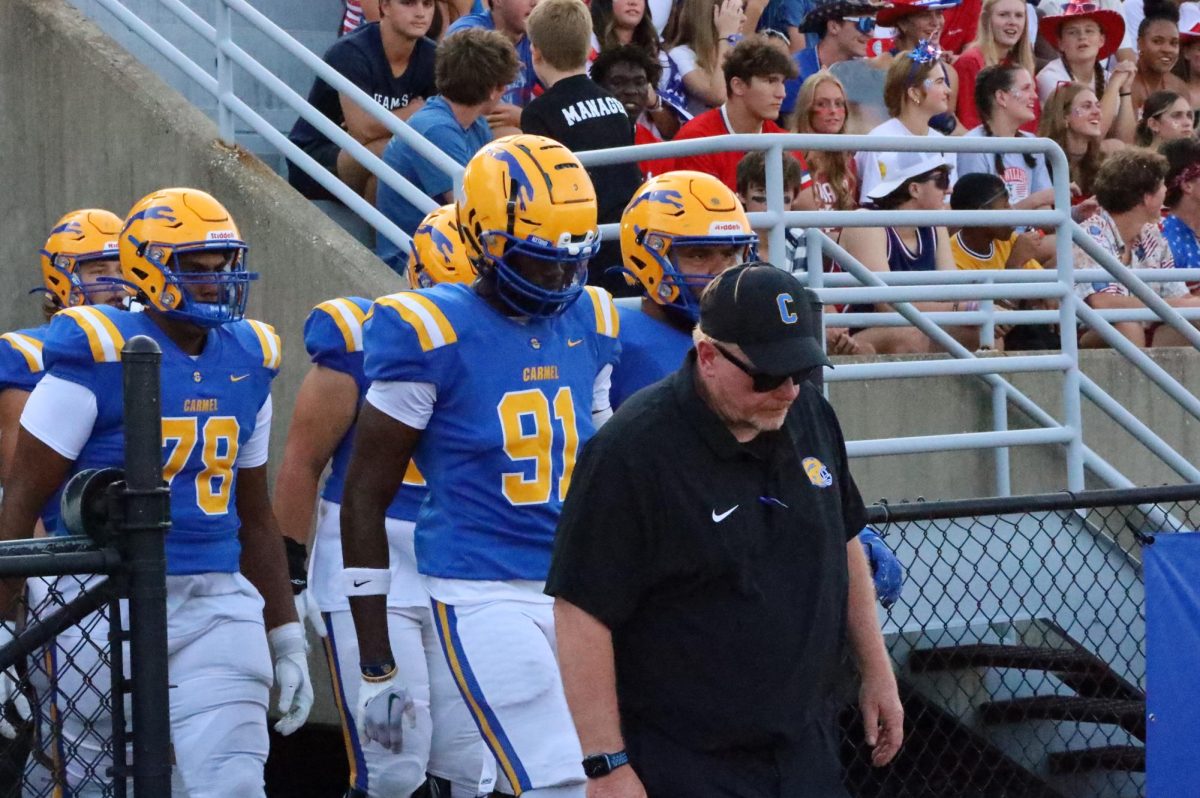



![Keep the New Gloves: Fighter Safety Is Non-Negotiable [opinion]](https://hilite.org/wp-content/uploads/2024/12/ufcglovescolumncover-1200x471.png)
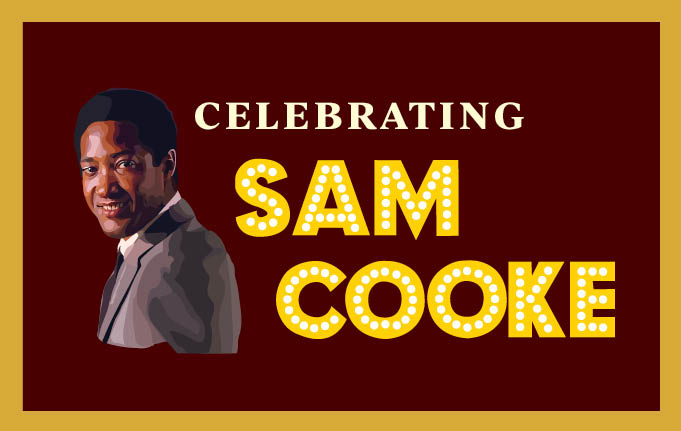




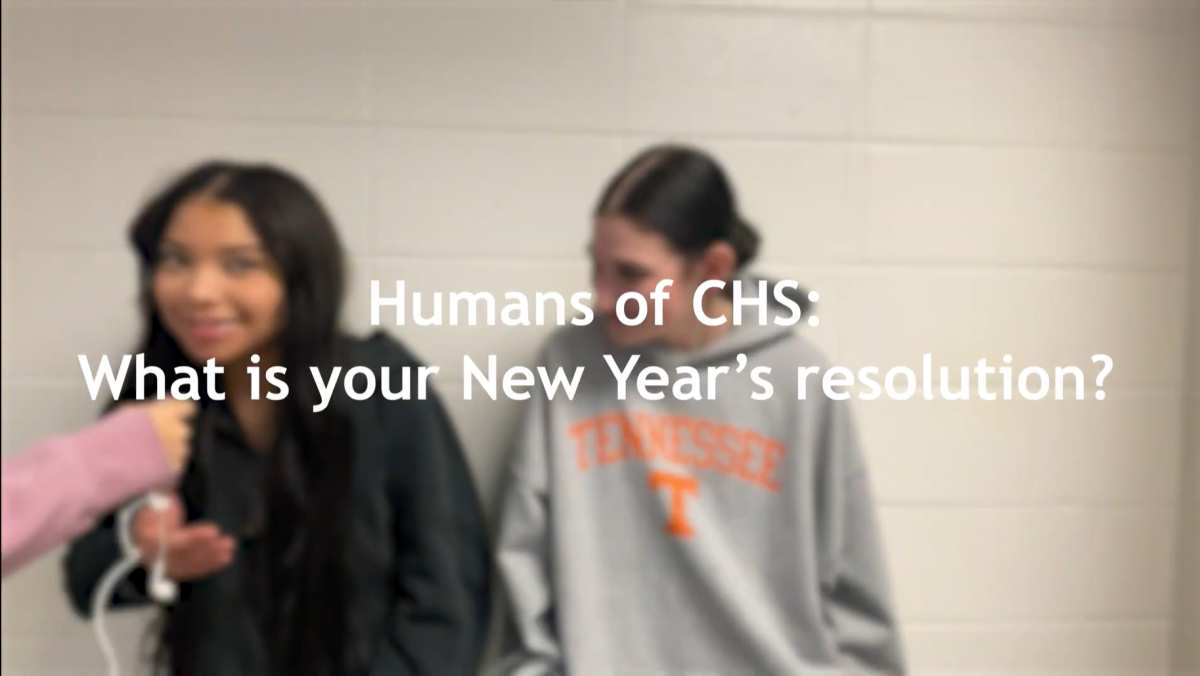















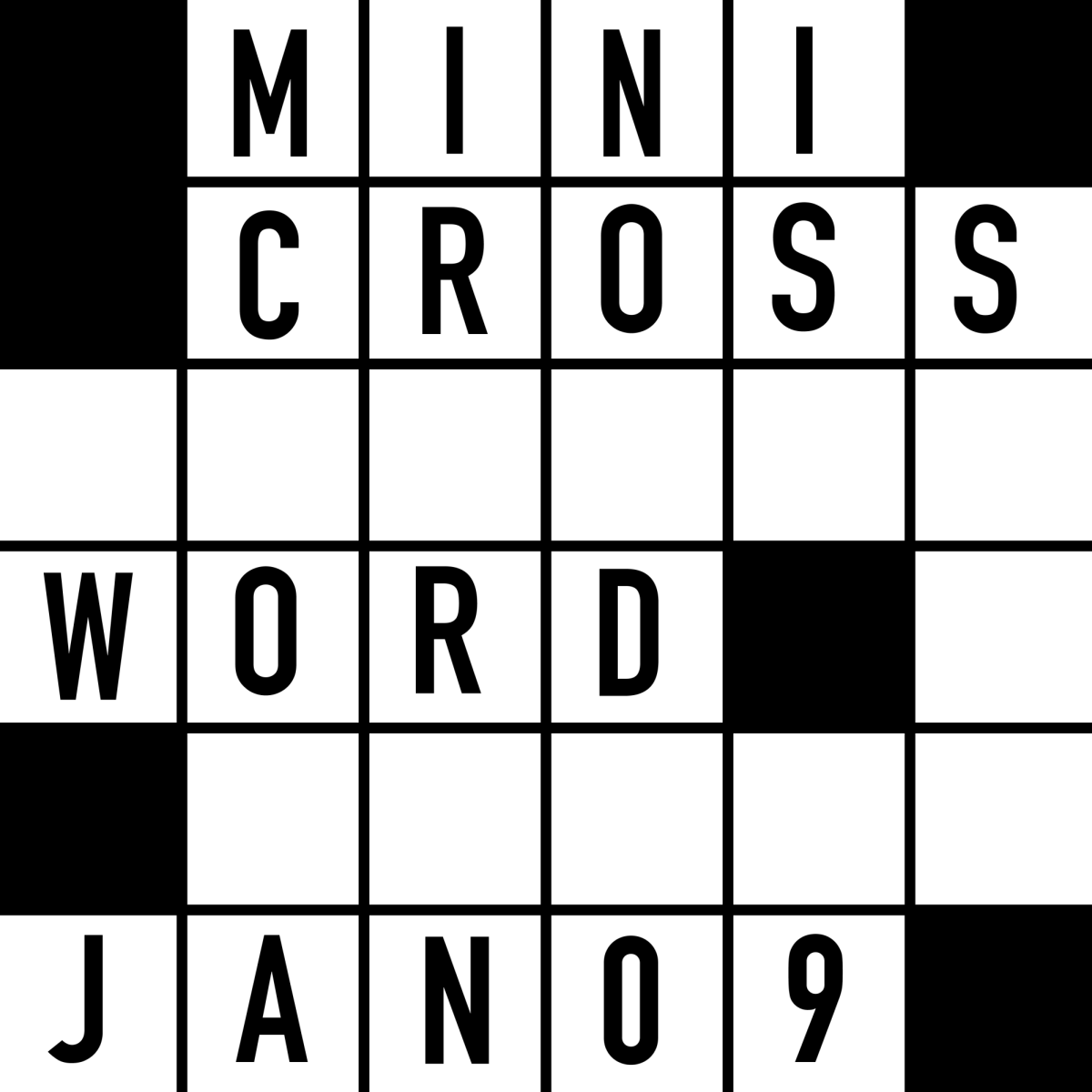
























![Review: “Transformers One” is a refreshing and exciting addition to the franchise [MUSE]](https://hilite.org/wp-content/uploads/2025/01/unnamed-3.png)
![Review: “Journals” is the gift that keeps on giving [MUSE]](https://hilite.org/wp-content/uploads/2024/12/monkey.jpg)
![Review: “Sonic 3” does everything great from the past two movies, and arguably even better [MUSE]](https://hilite.org/wp-content/uploads/2025/01/unnamed-2-812x1200.png)
![Review: Who should have really won season 33 of "Dancing with the Stars"? [MUSE]](https://hilite.org/wp-content/uploads/2024/12/Dancing-with-the-Stars-Photo-1200x657.png)
![Review: "Wicked" is a worthy adaptation of a legendary musical [MUSE]](https://hilite.org/wp-content/uploads/2024/12/Screenshot-2024-12-23-at-6.00.53 PM-1200x793.png)
![Review in Print: Maripaz Villar brings a delightfully unique style to the world of WEBTOON [MUSE]](https://hilite.org/wp-content/uploads/2023/12/maripazcover-1200x960.jpg)
![Review: “The Sword of Kaigen” is a masterpiece [MUSE]](https://hilite.org/wp-content/uploads/2023/11/Screenshot-2023-11-26-201051.png)
![Review: Gateron Oil Kings, great linear switches, okay price [MUSE]](https://hilite.org/wp-content/uploads/2023/11/Screenshot-2023-11-26-200553.png)
![Review: “A Haunting in Venice” is a significant improvement from other Agatha Christie adaptations [MUSE]](https://hilite.org/wp-content/uploads/2023/11/e7ee2938a6d422669771bce6d8088521.jpg)
![Review: A Thanksgiving story from elementary school, still just as interesting [MUSE]](https://hilite.org/wp-content/uploads/2023/11/Screenshot-2023-11-26-195514-987x1200.png)
![Review: "When I Fly Towards You", cute, uplifting youth drama [MUSE]](https://hilite.org/wp-content/uploads/2023/09/When-I-Fly-Towards-You-Chinese-drama.png)
![Postcards from Muse: Hawaii Travel Diary [MUSE]](https://hilite.org/wp-content/uploads/2023/09/My-project-1-1200x1200.jpg)
![Review: "Ladybug & Cat Noir: The Movie," departure from original show [MUSE]](https://hilite.org/wp-content/uploads/2023/09/Ladybug__Cat_Noir_-_The_Movie_poster.jpg)
![Review in Print: "Hidden Love" is the cute, uplifting drama everyone needs [MUSE]](https://hilite.org/wp-content/uploads/2023/09/hiddenlovecover-e1693597208225-1030x1200.png)
![Review in Print: "Heartstopper" is the heartwarming queer romance we all need [MUSE]](https://hilite.org/wp-content/uploads/2023/08/museheartstoppercover-1200x654.png)




